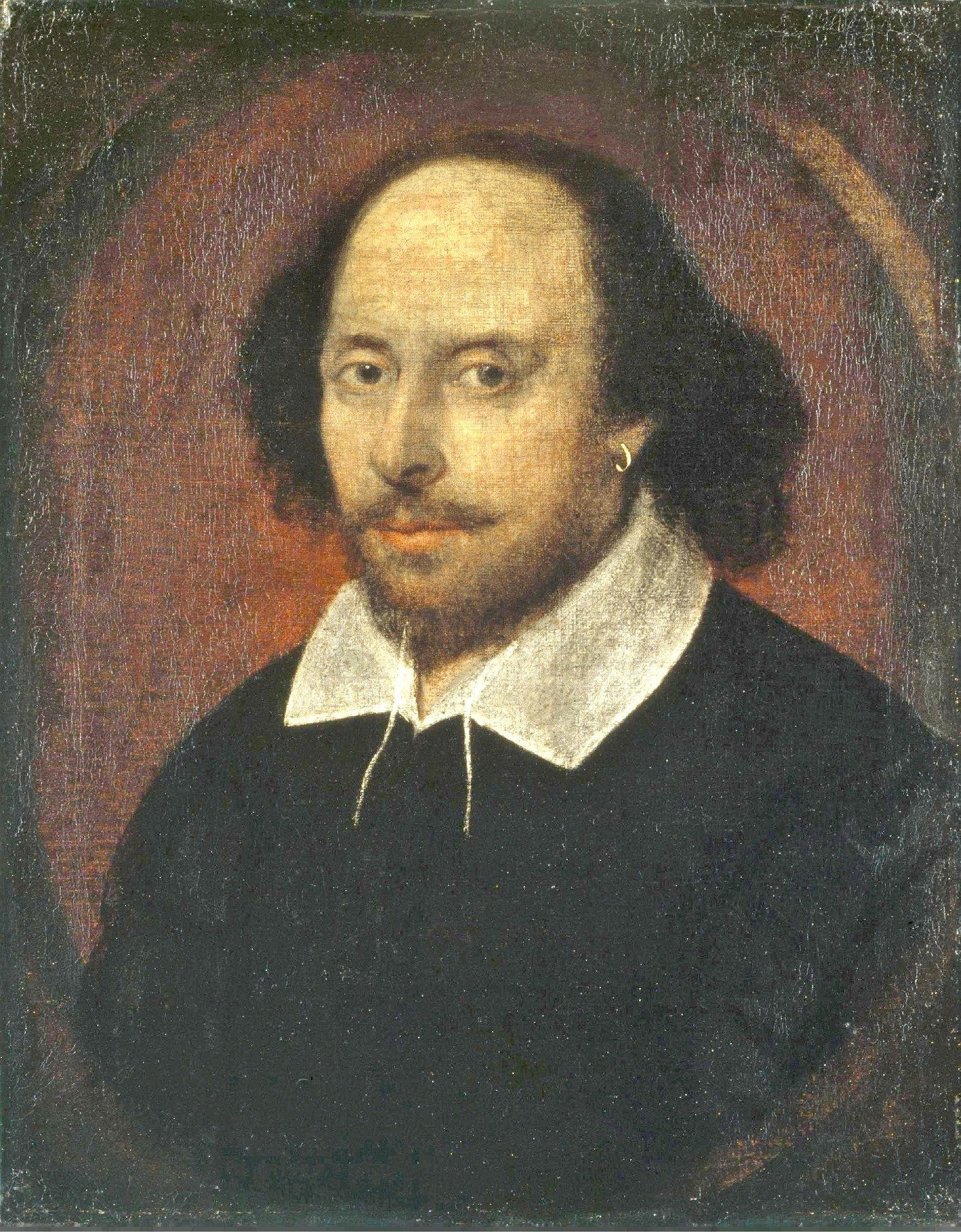Note that your final mark will not be saved in the system.
Context Typeit
Type the correct answers into the spaces. Fill all the spaces before clicking ‘Check Answers!’ This quiz focuses on AO3.

Shakespeare includes two women in Macbeth: and . There is a clear contrast between them: fulfils the gender stereotypes of the time, whereas subverts them entirely.
We first see Lady Macbeth as an unusual woman for her time when Macbeth calls her his 'dearest of greatness' (Act 1, Scene 5). This tells us that he sees her as his equal; at the time, it would have been more ordinary for the husband to be the dominant person in a relationship and the wife to be submissive to him. However, Lady Macbeth is anything but submissive. She takes control of the plan to murder Duncan, saying, 'you shall put | This night's great business into dispatch' (Act 1, Scene 5). When Macbeth begins to doubt the plan, Lady Macbeth him to go through with it, saying if he doesn't he will 'live a in thine own esteem' (Act 1, Scene 7). She clearly knows what to say to him to produce the results she wants, showing that she is clever and conniving – traits that would have been unusual for a woman of the time. Her strength is demonstrated again when she returns to the scene of the murder. She says, matter-of-factly, 'Give me the ' (Act 2, Scene 2), in direct contrast to Macbeth's emotional response. This contrast is seen again when Macduff discovers the murder (Act 2, Scene 3) and when Macbeth sees Banquo's ghost (Act 3, Scene 4).
At a time when women were seen as weak, uneducated and submissive, Lady Macbeth was clearly highly unusual.